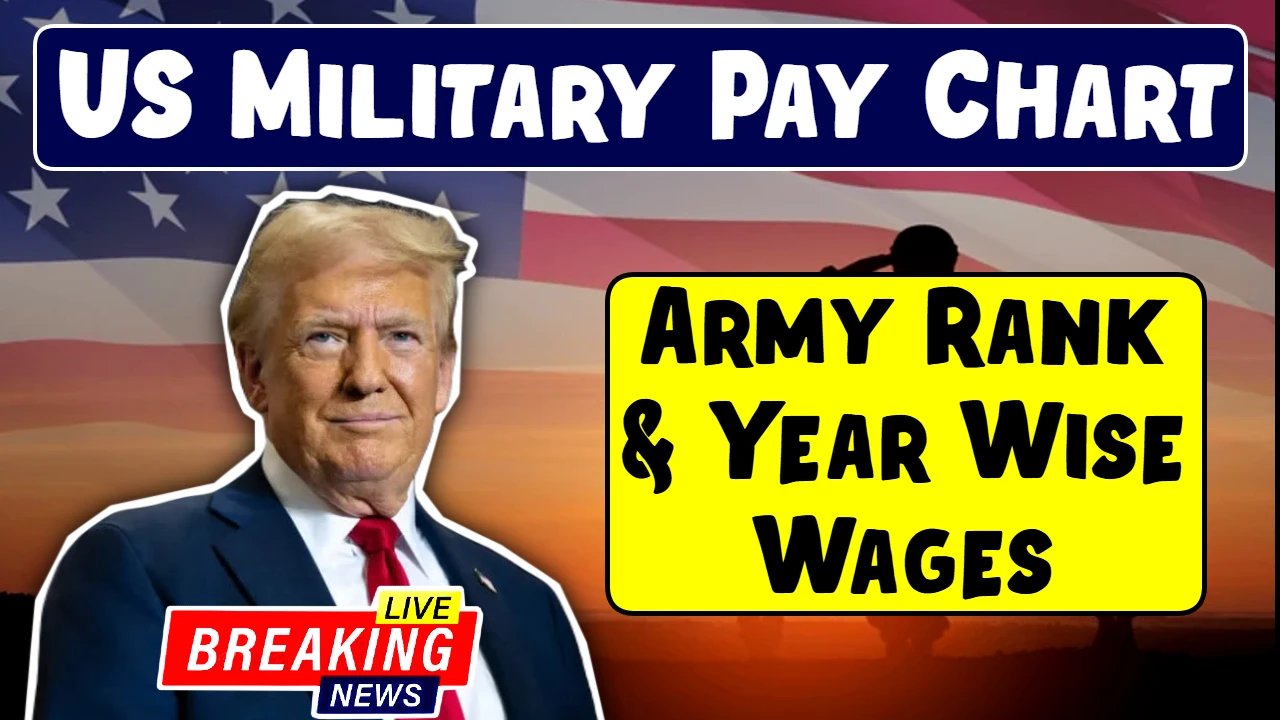Widespread Evacuations After Tsunami Warning
BBC News
This video can not be played
The first waves triggered by a massive 8.8 earthquake off Russia's coast have reached Hawaii, with a 4ft (1.2m) wave recorded off Oahu
People in Hawaii, some parts of the US west coast and Japan have been told to evacuate after one of the strongest earthquakes in modern history hit Russia's eastern Kamchatka Peninsula
Hawaii Governor Josh Green has asked people to heed evacuation orders and stay calm while US President Donald Trump advised Americans to be on alert for tsunami warnings
In Japan, 1.9 million people have been told to evacuate and a tsunami wave of 4.3ft (1.3m) has reached the northern Iwate prefecture, according to the country's weather agency
Tsunami alerts of varying levels have also been issued in parts of China, the Philippines, Indonesia, Guam, Peru and the Galapagos Islands off Ecuador
This video can not be played
Watch: Major earthquake off Russia triggers widespread tsunami warnings
Edited by Jacqueline Howard and Marita Moloney, with reporting from Shaimaa Khalil and Chika Nakayama in Tokyo, and Regan Morris and Peter Bowes in the US
Japan's Meteorological Agency says tsunami waves have reached parts of the country’s coast.
The areas include the Fukushima, Miyagi and Iwate prefectures, the agency said in a live map on its website, which adds that it expects waves could reach as high as 3m (9ft).
The tallest wave so far recorded is 1.3m (4ft), observed at Kuji Port in Iwate Prefecture, the agency says.
Thousands of people have been told to evacuate for their safety, while the public broadcaster NHK says there are no reports of major damage so far.
China has just lifted its tsunami alert on Shanghai and Zhejiang.
Taiwan's alert still remains.
People are relocated to a safe area in the Kamchatka region in Russia
The US Tsunami Warning Centres says waves of more than three metres high are possible along some coasts of Ecuador, the northwestern Hawaiian islands and Russia.
Waves between one to three metres are possible along some coasts of Chile, Costa Rica, Hawaii, Japan and islands in the Pacific, it adds.
Waves of up to one metre were possible elsewhere, including Australia, Colombia, Mexico, New Zealand, Tonga and Taiwan.
Japan says its citizens should be on high alert, and 1.9 million people are under evacuation orders.
Hawaii is on full tsunami alert, with people told to get to higher ground and ships asked to remain offshore. The mayor of Honolulu has told residents: "Please take this very seriously. Get yourself as high as you possibly can" though says authorities are yet to see "a wave of consequence"
On the US west coast, the US National Weather Service is telling people to avoid beaches, harbours and marinas.
Chinese authorities have issued a tsunami alert for Zhejiang province and Shanghai city, saying they expect waves of up to one metre.
In Peru, officials have issued a tsunami warning and are keeping "constant surveillance” on the situation.
As we've just reported, a wave of 4ft has been recorded at Haleiwa, Oahu.
In the latest update from the island's emergency management, people are warned to remain outside the evacuation zone until further notice.
It adds that tsunami waves are currently impacting the state and the tsunami warning remains in effect.
They are told not to re-enter until officials say it's safe, the update adds.
The evacuation zone wraps around the entire coastline.
Max Matza
Live reporter
For the last 30 years, David Dorn has lived one block away from the ocean in the coastal city of Kihei in Maui, and is no stranger to tsunami warnings.
Dorn, 60, tells the BBC that he and his wife are treating this one differently.
“We try and take them all seriously, but most people kind of take them a bit lightly,” he says about the tsunami sirens which have been blaring since the alert first went out.
But now he and his wife are packing their two cats into their van, in which they plan to sleep in tonight after seeking higher ground at an inland shopping centre.
Before leaving, he’s moved his electronics up to his loft, hoping that even if seawater penetrates the building it won’t reach the rafters.
For now his biggest concern is traffic, as toppled electric poles could prevent cars from leaving.
“Traffic’s always a problem and its getting worse. And its at its worst in any emergency like this,” he says. Shaimaa Khalil
Shaimaa Khalil
Tokyo correspondent
A tsunami alert in the Fukushima area always triggers a heightened sense of concern because of the 2011 triple disaster that resulted in the nuclear meltdown.
The Tokyo Electric Power Company (Tepco) was one of the first organisations to update that all its workers had been evacuated earlier today – with no abnormalities reported so far.
This is still an area of concern – because there’s still nuclear debris that’s being constantly cooled by tons of water that then gets stored in huge tanks next to the plant.
Japanese authorities have evacuation plans in place for those within 20 kilometres of the plant, and recommend sheltering and staying put for those 20 to 30 kilometres away.
We’ve seen grid locks and traffic jams as people try to evacuate affected areas – major train lines are still partially closed along the coastal areas.
Hawaii resident Kelsea Sheppard was speaking to the BBC a little earlier when tsunami alerts interrupted the interview.
Watch the moment the sirens rung out below:
This video can not be played
Josh Green, governor of Hawaii, is now giving an update.
"So far we have not seen a wave of consequence," he says, but they have seen significant water recede.
Wave activity hasn't come past the island of Hawaii, he explains, and they expect it will be at least two to three more hours until they can give the "all clear".
We're getting more details on the waves that are hitting Hawaii now, with the tallest wave measured by the Pacific Tsunami Warning Center recorded at Haleiwa, Oahu.
It was 4ft (1.21m) tall, the centre says, with 12 minutes recorded in between waves.
Tsunami waves are "now impacting Hawaii", the Pacific Tsunami Warning Center says in an update.
"Urgent action should be taken to protect lives and property," it adds, warning that the danger may persist for hours.
Electricity has been shut off after the earthquake damaged a power grid in Russia's Sakhalin region, RIA news agency reported, citing its regional governor.
As we reported earlier, Sakhalin has declared a state of emergency in its northern Kuril Islands, while videos show tsunami waves inundating a port town.
Authorities say everyone in the area had been evacuated to safety.
A wave has passed through the Midway Atoll island between Japan and Hawaii at 6ft (1.8m), Hawaii governor Josh Green says.
He says this was from the trough to peak of the wave.
"We're still expecting a significant wave," he adds, and they will only give the all clear when they feel there is "total safety".
In a briefing a little earlier, Honolulu Mayor Rick Blangiardi says the city is under a full tsunami alert, and calls for people in low lying areas to get to higher ground.
This video can not be played
Regan Morris
Reporting from Los Angeles
As Maui braces for the impact of tsunami waves, water is being shut off in many parts of the Hawaiian island.
The County of Maui Department of Water Supply says they will be closing off valves along coastal areas “out of an abundance of caution”.
People are encouraged to store water and to expect low or no water pressure until the valves were reopened, it says.
The County of Maui also shut down several wastewater pump stations and facilities in Lahaina, Kihei and Central Maui “to prevent damage amid the tsunami warning”.
From Tokyo to Hawaii, from California to New Zealand, millions are on high alert amid fears of tsunamis.
If you're just joining us, here's a roundup of the massive earthquake off the Russian coast and tsunami warnings currently in place across the Pacific:
Stay with us as we bring you all the latest updates.
The US coastguard in Honolulu has issued an order for evacuation of commercial vessels from Hawaiian ports, with all harbours closed to incoming traffic.
Any vessels near Hawaii should remain offshore until tsunami waves have passed, the coastguard statement said.
Several flights bound for Hawaii have also been diverted mid-air, with many being redirected back to their airports of origin, according to flight tracking websites.
Max Matza
Live reporter
After watching the water level at the beach recede, lifelong Maui resident Felicia Johnson tells BBC News that she can now see it rising significantly.
“The water’s rising. It’s eerily weird,” says Johnson, 47, while packing her truck to spend a night with her family and friends in the mountains.
She compares the situation to the fire that hit Lahaina two years ago, devastating the island and her family.
“We went through this with the fires, and there was no warning, and it was just so devastating. Now, we have so much warning that if we don’t go it's our fault.”
This time round, she plans to sleep in the truck, with her husband and two dogs. She’s also bringing knives, in case they encounter any wild pigs in the forest. Shaimaa Khalil
Shaimaa Khalil
Tokyo correspondent
More than 1.9 million people have been asked to evacuate in Japan. Around 10,500 of these people are in Hokkaido, where local media footage shows people gathering on a rooftop.
Some also gathered in an observatory overlooking the beach in Chiba south of Tokyo.
Authorities have continued to urge residents on Japan’s east coast to evacuate to higher ground.
Dozens of waves have been observed across Japan’s Pacific coast. Evacuation warnings now span hundreds of kilometres/miles along its pacific coast – from Hokkaido in the north to Wakayama prefecture in the south.
The Meteorological agency said that tsunami waves could reach up to 3 metres high.
Russia's Sakhalin region has declared a state of emergency in the northern Kuril Islands and the Severo-Kurilsk district.
Kuril Islands mayor Alexander Ovsyannikov said that "everyone" in the area had been evacuated. "There was enough time, a whole hour. So everyone was evacuated, all the people are in the tsunami safety zone," he said, AFP reported.
Meanwhile, video has emerged of tsunami waves inundating a port town of Severo-Kurilsk.
This video can not be played
Moment tsunami waves hit a coastal town in Russia
As we just reported, China is one of several countries to have issued tsunami warnings following the 8.8 earthquake of Russia's Far Eastern coast.
China's tsunami warning centre said that waves of between 30cm and 1-metre are expected to hit the country's eastern coast.
"Based on the latest warning and analysis results, the Tsunami Advisory Center of the Ministry of National Resources has determined that the earthquake has triggered a tsunami, which is expected to cause damage to certain coastal areas of China," the centre said.
Copyright © 2025 BBC. The BBC is not responsible for the content of external sites. Read about our approach to external linking.



